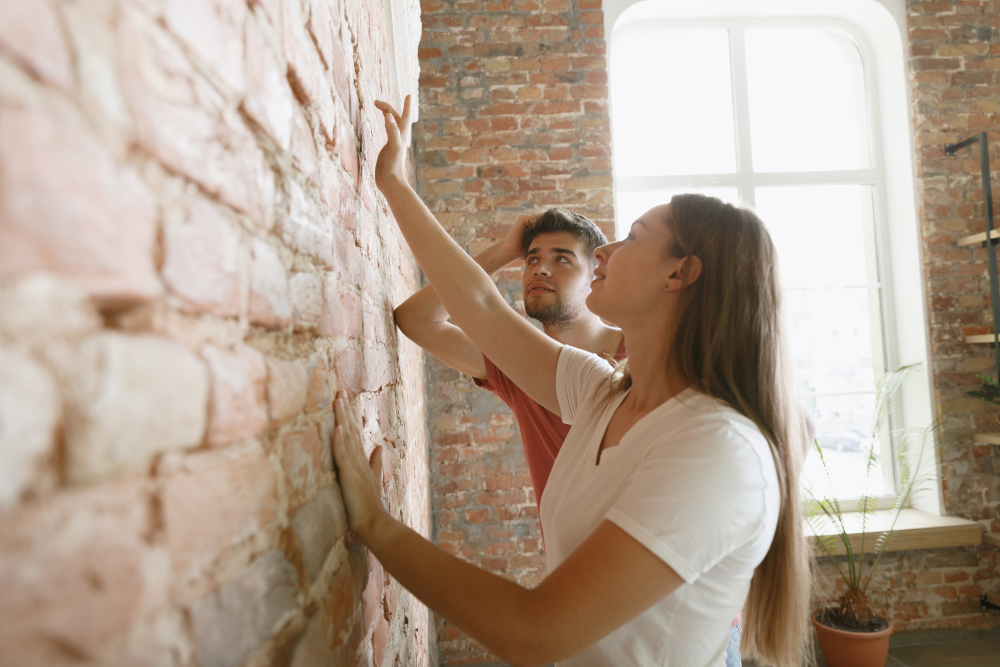Owning a historic property is like holding a piece of history in your hands. These homes often boast unique architectural features, rich stories, and timeless charm. However, as with any aging structure, they come with their own set of challenges. Whether you're contemplating a renovation or considering relisting, the decisions you make can significantly impact the property's value and your investment. June, with its favorable weather and longer days, is an ideal time to embark on such projects. This guide delves into essential considerations to help you navigate the complexities of updating historic properties. 
Assessing the Condition of Your Historic Property
Comprehensive Inspections Are Crucial
Before making any decisions, it's imperative to understand the current state of your property. General home inspections are standard, but historic homes require specialized evaluations. Engage professionals experienced in older properties to assess structural integrity, plumbing, electrical systems, and potential environmental hazards like lead or asbestos .
Understanding Local Regulations
Historic properties are often subject to specific preservation laws and guidelines. Before initiating any renovations, familiarize yourself with local zoning laws, building codes, and any restrictions tied to the property's historic status. Consulting with local heritage boards or preservation societies can provide valuable insights and ensure compliance. 
Renovation Strategies for Historic Homes
Preserve Original Features
One of the most appealing aspects of historic homes is their unique character. Instead of replacing original elements like moldings, fireplaces, or hardwood floors, consider restoring them. This approach maintains the home's authenticity and can be more cost-effective than full replacements
Integrate Modern Amenities Discreetly
While preserving historical features is essential, modern comforts are also necessary. When updating kitchens, bathrooms, or installing new systems, choose designs and materials that complement the home's period style. For instance, opt for energy-efficient appliances that blend seamlessly with vintage cabinetry .
Address Structural and Safety Concerns
Older homes may have outdated or deteriorating systems. Prioritize upgrades to plumbing, electrical wiring, and insulation to meet current standards. Additionally, enhancing fire safety measures and addressing any mold or moisture issues is crucial for the safety and longevity of the property . 
Deciding Whether to Renovate or Relist
Evaluate the Return on Investment
Renovations can be costly, and not all improvements yield a high return. Research the local real estate market to determine which upgrades are most valued by potential buyers. In some cases, minor cosmetic enhancements may be sufficient to increase appeal without extensive renovations.
Consider the Emotional and Financial Commitment
Renovating a historic property requires time, effort, and financial resources. Assess your willingness and ability to commit to the project. If the thought of extensive work feels overwhelming, it might be more practical to relist the property and seek buyers who appreciate its current state.
Seek Professional Advice
Consulting with real estate agents who specialize in historic properties can provide valuable perspectives. They can offer insights into market trends, potential buyer interests, and the feasibility of renovations. Their expertise can guide you in making an informed decision that aligns with your goals and resources.



